A one-day trip to Heyri Art Valley
UNDER THE classic and fine beauty of traditional arts lies the devotion and humility of craftsmen. A true masterpiece instilled with the soul of the artisan is often the result of endurance and tribulations. The skills and techniques are passed from hand to hand, preserving the heritage of ancestors across generations. To explore the world of arts and crafts from antique to contemporary, The Yonsei Annals visited Heyri Art Village, a hub for artists of different genres.
Introducing Heyri Art Village
Located in Paju-si, Heyri Art Valley is the largest art village in Korea, with an area of approximately 495,868 m2. It got its name from the traditional labor song “Heyri Sori,” where the word hey-ri is used as a phonetic. The whole village is a carefully planned town, originally created as a book-themed village that connects to the nearby Paju Book City. Gaining support from artists of various genres, the project expanded to form a cultural art village embracing fine arts, architecture, music, literature, and more, as well as providing residential space for artists. Full of hands-on activities at charmingly decorated ateliers and seasonal festivals, the entire town is now a tourist attraction. Many visitors gather to appreciate the charms of the town, including the annual Heyri Pan Festival held for several weeks, with music recitals, booths, and art seminars.
An hour-long journey by bus from Seoul leads to the entrance of Heyri Art Village. The village is full of contemporary architecture and artworks designed by prominent artists, both local and international. Compared to the gleaming skyscrapers of the city, the buildings there are rather humble and modest—with the majority of them being less than three stories high—creating a tranquil mood and peaceful harmony with the surrounding vegetation and rivers. Near the bus stop are different museums and exhibition halls featuring unique and artsy items, including the Paju Dinosaur Museum, Hangil Book Museum, and Old Objects Museum. The streets are full of cafes and restaurants where visitors can take short breaks. There are also parks where street performances and live entertainment sometimes take place. From families enjoying picnics to residents taking peaceful respite at the park, there truly is a harmony to be appreciated in this village.
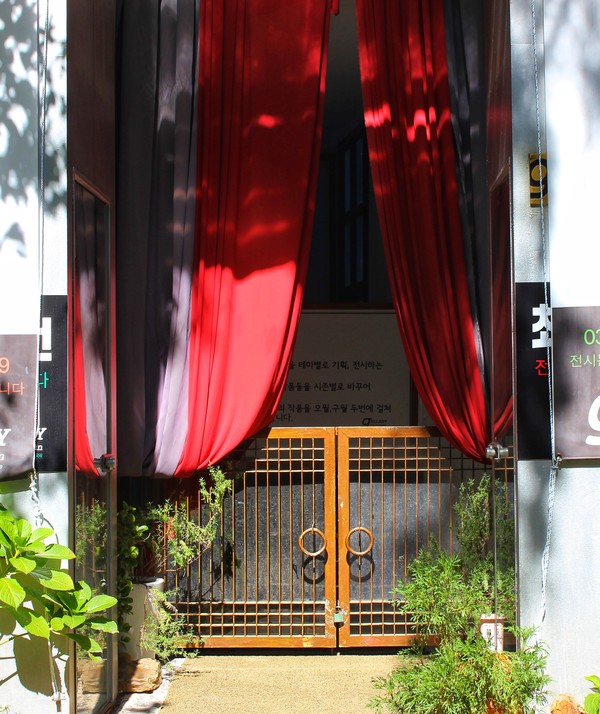
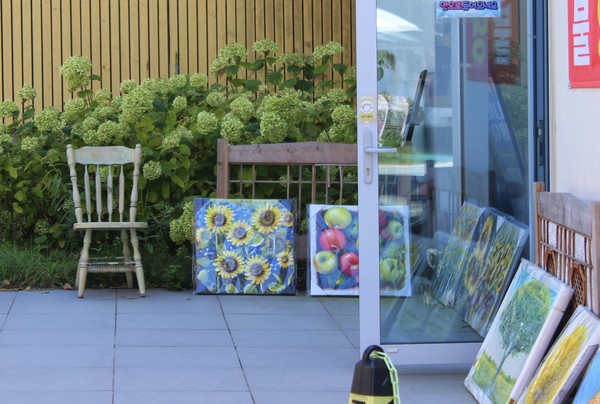
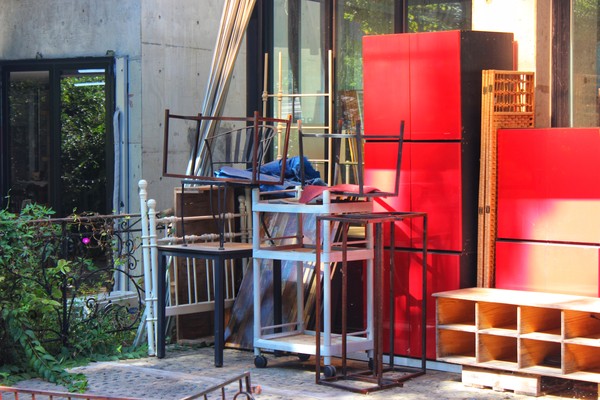

A place for artisan
The center of Heyri Art Valley is full of ateliers and galleries, featuring a wide range of works from traditional to modern arts and crafts. Many ateliers also offer one-day classes and experience spaces for visitors, such as candle and cup-making workshops which are full of children fascinated by do-it-yourself activities. Along with modern ateliers are traditional Korean ones, with antique designs and decorations.
To take a deeper dive into the world of craftsmanship, the Annals met Chweerim Kang Bok-young, a master Korean traditional calligrapher and seal engraver who pursues the arts at Hyeri’s Chweerimhun Gallery. The gallery, filled with scents of black ink and wood with an antique mood that suits the calligraphy works hung on the walls, is now her place of inspiration. In the interview, Kang shared her long journey to becoming a traditional artisan, as well as her artistic endeavors. She noted that adding artistic values to Korean traditional letters, Han-gul, through calligraphy not only creates an aesthetically pleasing piece but also brings calmness to her mind. The inner self of the artist is directly expressed through the tip of a brush and is reflected in one’s works. As such, she finds that the charm of traditional arts is in helping to find one’s inner tranquility. Creating a masterpiece requires inflexible perseverance as well as long work hours, but it is this process that leads the artist to come to emotional maturity at the end. Kang is also striving to reflect contemporary styles in her traditional artworks, to create a modern and fresh impression in traditional calligraphy that might seem monotonous. She has been working on applying the uniqueness of the Jin-heul-lim font in her works after 20 years of creating pieces in Gung-seo font. Attempting type-facing abstracts, combining consonants and vowels in Han-gul, and modifying spatial structures are all part of her constant innovation, and the efforts to find new ways for traditional arts and crafts in the modern world.

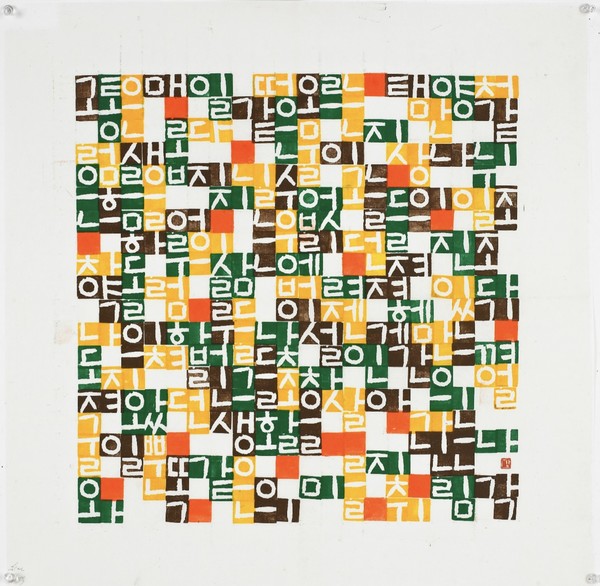
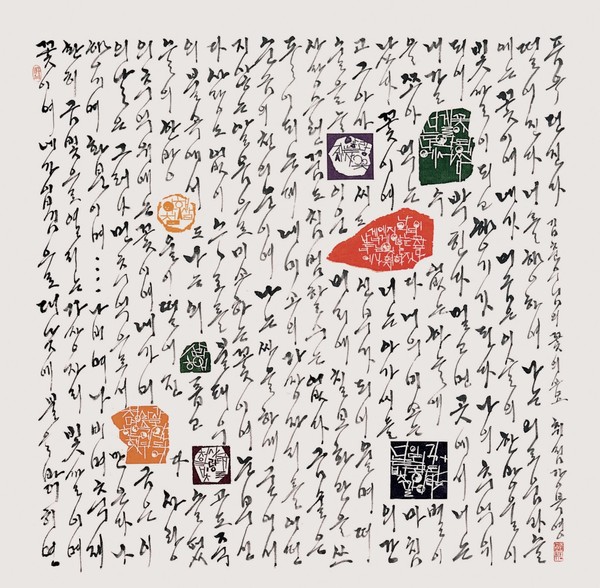
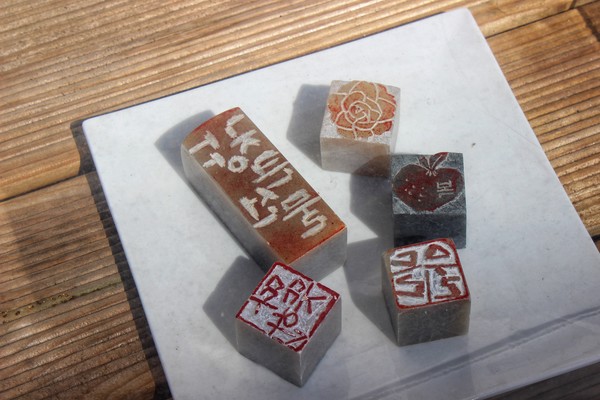
* * *
Heyri Art Valley reflects the harmony of humans and arts, as well as that of traditional and contemporary styles. The artisans’ tireless efforts to promote and preserve the intangible heritages of our ancestors and their strong devotion are what identify Heyri Art Valley as the heart of the arts.
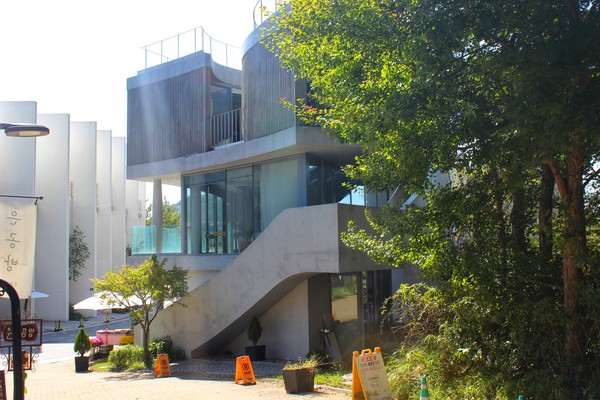


[1] Heyri Art Valley
[2] Chweerimhun Gallery

